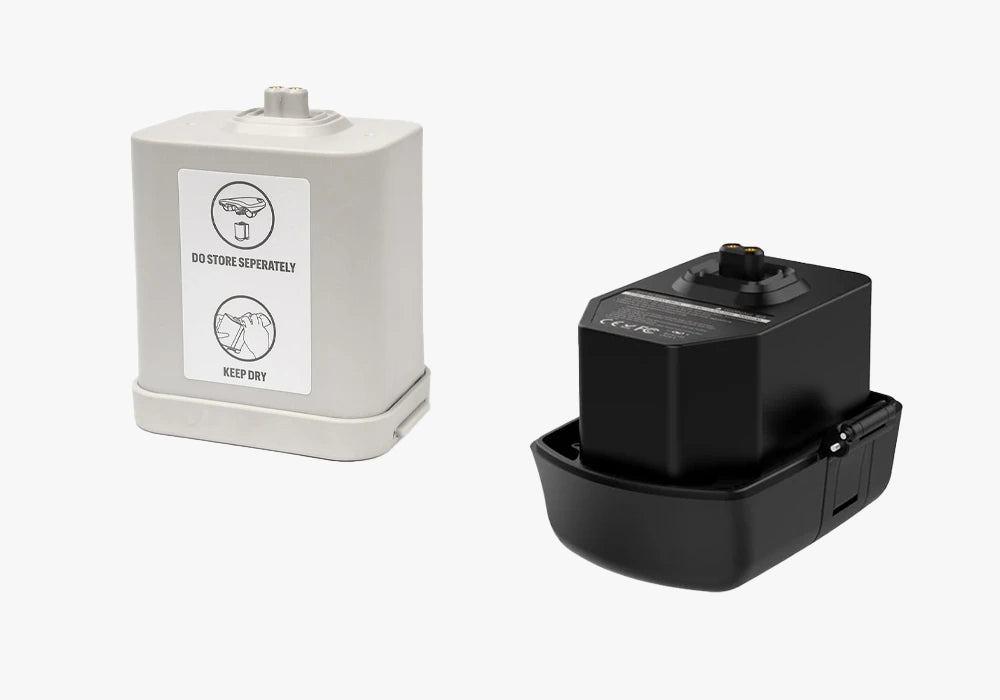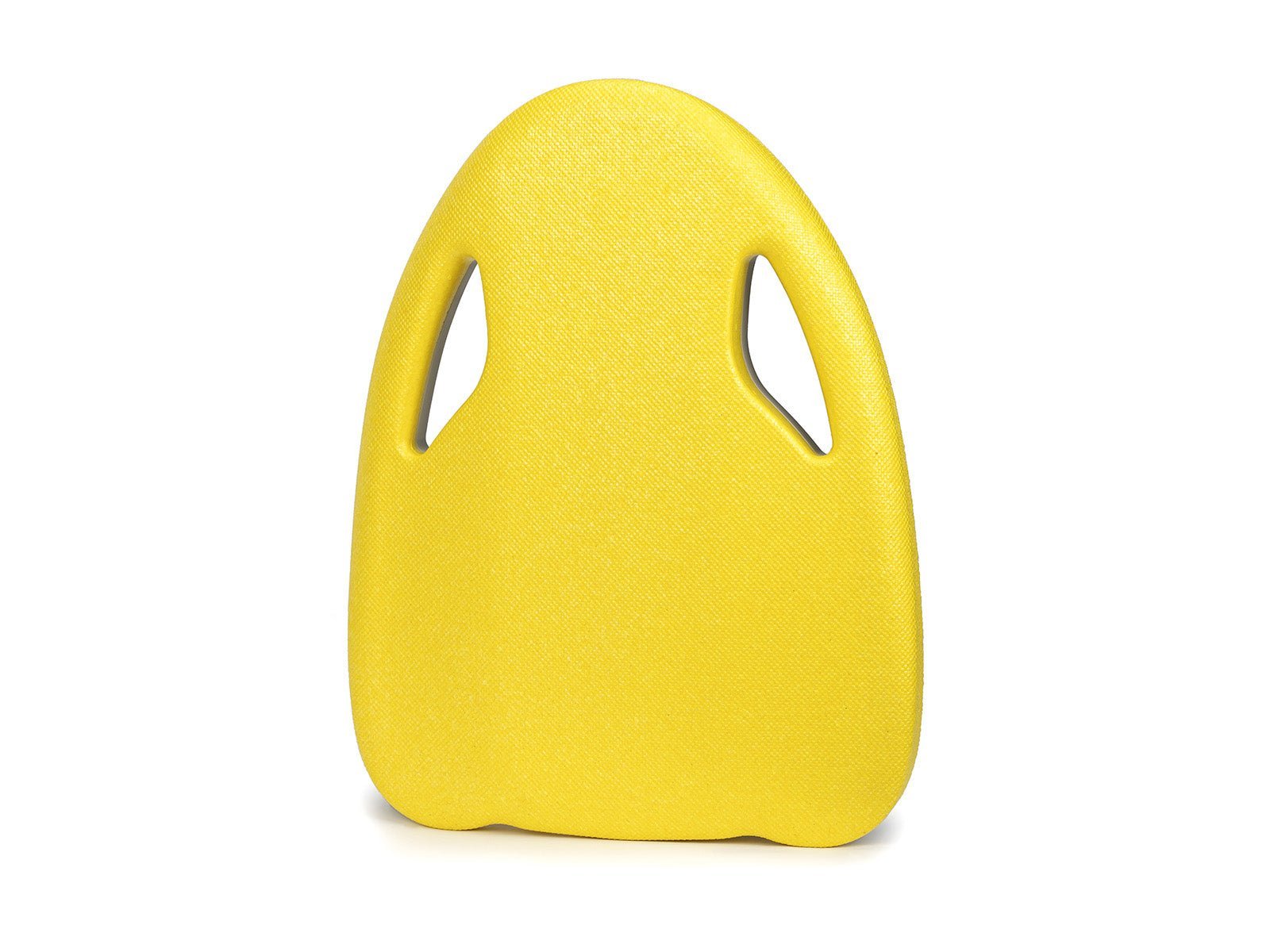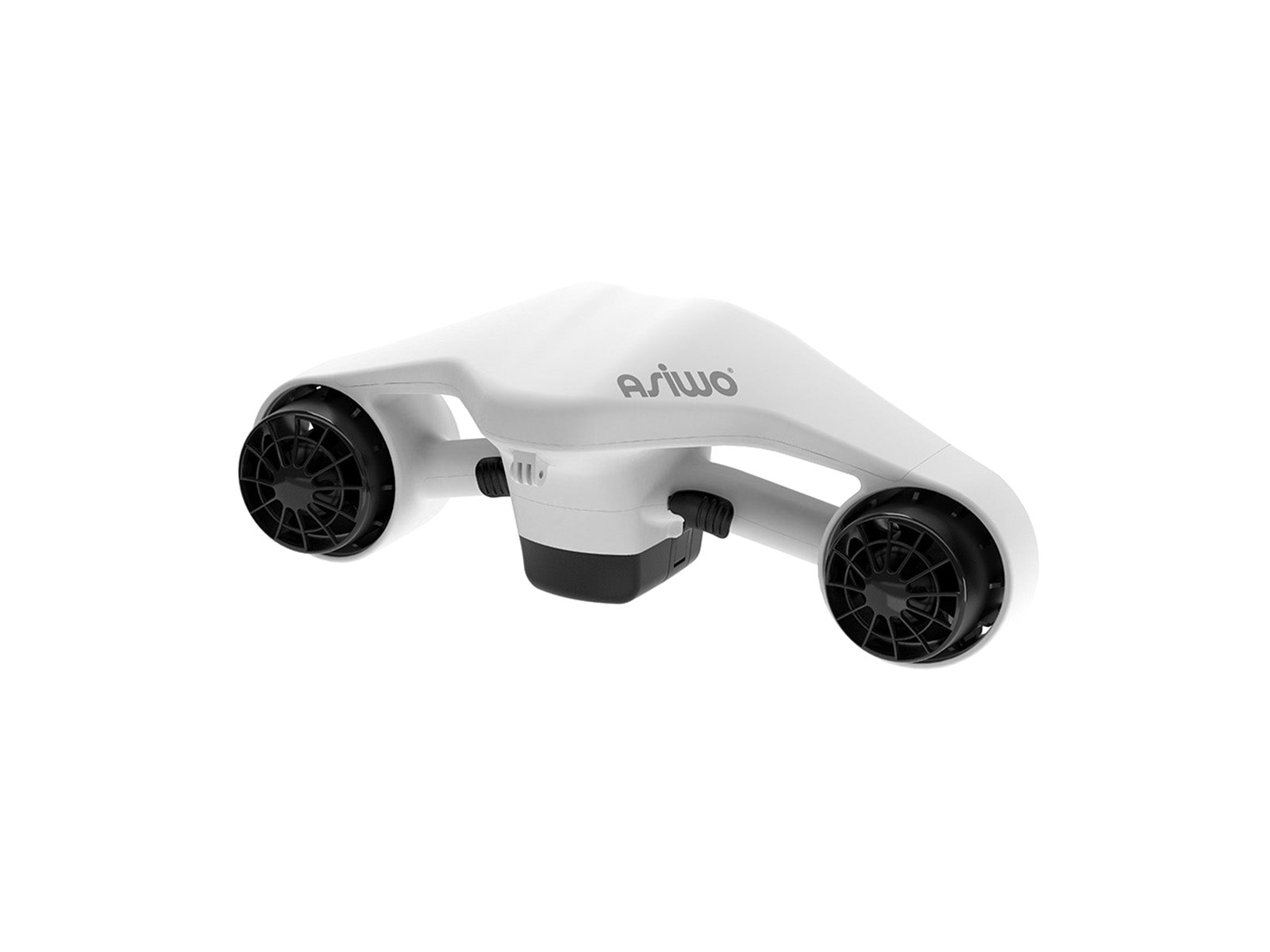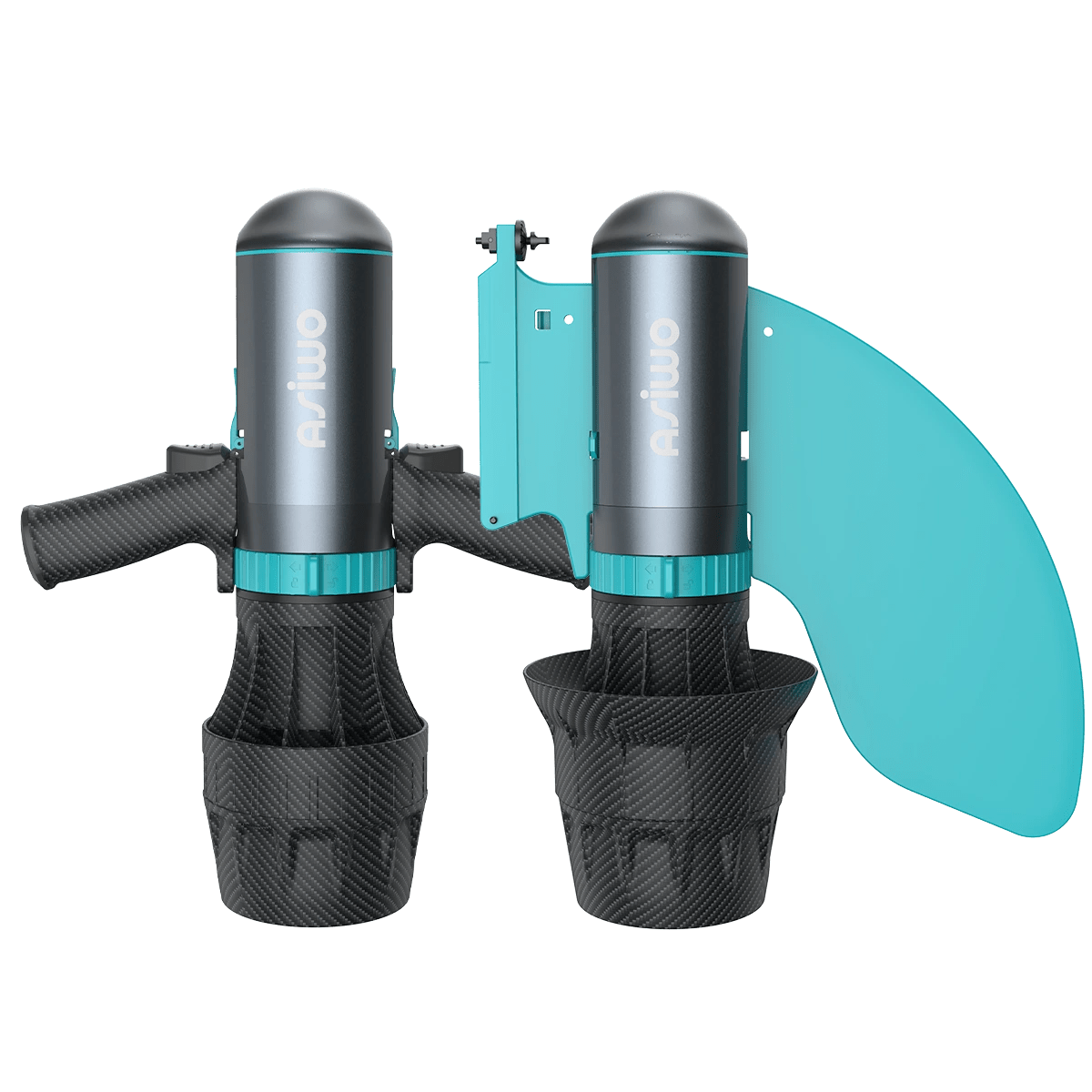Are you ready to revolutionize your underwater adventures? As an experienced water sports enthusiast, I'm excited to share my complete guide on how to use an underwater sea scooter effectively and safely.
Whether you're a beginner curious about these exciting devices or looking to refine your technique, this comprehensive guide will take you from novice to confident sea scooter user in no time.
Understanding the Basics of Underwater Sea Scooters
When I first discovered underwater sea scooters like the MAKO, I was amazed by how they transformed my snorkeling experience. These ingenious devices are essentially handheld propulsion systems designed to help you glide through water with minimal effort.
What exactly is a sea scooter? It's a battery-powered underwater propulsion device that pulls you through water at speeds typically ranging from 2-4 mph. Most models like the MAKO are designed primarily for surface snorkeling rather than deep diving, making them perfect for beginners, casual swimmers, and those looking to explore nearshore environments.
Different models serve different purposes:
-
Surface models (like MAKO): Ideal for snorkeling and shallow water exploration
-
Diving models: Designed for scuba divers and deeper underwater adventures
-
Recreational models: Balanced for casual users
-
Professional models: Higher power for experienced users
Understanding your device's limitations is crucial - for instance, the MAKO is specifically designed for surface snorkeling, not diving.
Essential Pre-Use Preparation
Before you hit the water with your sea scooter, proper preparation ensures both safety and optimal performance. Here's my pre-use checklist:
Battery Preparation:
-
Fully charge your battery according to manufacturer specifications
-
Check all indicator lights (on MAKO, ensure all 4 indicator lights are on)
-
Insert and securely lock the battery in place

Waterproof Seal Check:
-
Inspect all O-rings and seals for damage
-
Ensure battery compartment is clean and free from sand or debris
-
Apply silicone grease to O-rings if recommended by manufacturer
Environmental Assessment:
-
Check water conditions (currents, visibility)
-
Assess weather forecast
-
Identify potential hazards in your chosen area
-
Never use in rough conditions or areas with boat traffic
Remember: A thorough pre-use inspection can prevent most problems before you enter the water!
Mastering the Correct Posture and Techniques
The way you hold and position your body with a sea scooter dramatically affects your experience. With the MAKO specifically, there are three recommended positions:
Fast-Speed Exploring Position:
-
Extend your arms straight in front of you
-
Position the scooter ahead of your body
-
Align your body in a straight line behind the device
-
Great for covering distance efficiently

Comfortable Exploring Position:
-
Bend your arms slightly
-
Hold the scooter at chest or abdomen level
-
Rest your body weight partially on the device
-
Perfect for leisurely exploration and longer sessions

Floating Position:
-
Use when not actively propelling
-
Hold the device at chest/abdomen level
-
Allow the scooter to provide buoyancy support
-
Conserves battery while maintaining good position
I've found the comfortable exploring position works best for most beginners, as it provides good control while maintaining comfort.
Operating Your Underwater Sea Scooter
Operating a sea scooter is straightforward once you understand the basics. Here's how I operate mine:
Starting and Speed Control:
-
Enter the water before activating the device
-
For MAKO: Press both buttons simultaneously to power up
-
Control speed by:
-
Pressing the right button while holding the left button to increase speed
-
Pressing the left button while holding the right button to decrease speed
-
-
To stop, simply release one or both buttons
Important Operation Tips:
-
Avoid lifting the motor out of water at high speeds - this can trigger overcurrent protection
-
If your device shuts down unexpectedly, remove the battery and restart
-
Start at the lowest speed setting until you're comfortable with control
-
Maintain a firm grip with both hands at all times
It's worth noting that different models have different control mechanisms, but most follow similar principles of dual-button or trigger-based operation.
Adapting to Different Water Environments
I've used sea scooters in various water conditions, and each environment requires slightly different techniques:
Ocean Environment:
-
Be mindful of changing tides and currents
-
Use higher speeds to navigate against mild currents
-
Stay closer to shore and monitor your position constantly
-
Be extra vigilant about battery life as conditions can change
Lakes and Calm Waters:
-
Perfect for beginners to master control techniques
-
Lower speeds are often sufficient for enjoyable exploration
-
Great for practicing maneuvers and turns
-
Visibility is often better for underwater observation
Tips for Challenging Conditions:
-
Never use in strong currents that could overpower the device
-
In slightly choppy water, maintain a firm grip and use the comfortable exploring position
-
Be especially careful of depth perception in murky water
-
Always have a return plan if conditions worsen
The MAKO excels in calm, clear water conditions where its capabilities as a surface snorkeling device can be fully appreciated.
Safety First: Essential Guidelines
Safety is my absolute priority when using sea scooters, and it should be yours too:
Critical Safety Rules:
-
Never use alone - always have a buddy or supervision
-
Stay within designated swimming areas
-
Wear appropriate safety gear (life vest, especially for children and weaker swimmers)
-
Keep a safe distance from other swimmers, boats, and hazards
-
Respect depth limitations of your specific model
-
Know your personal swimming limitations
For Children and Beginners:
-
Constant adult supervision is essential
-
Start in very shallow, controlled environments
-
Use properly fitted life vests regardless of swimming ability
-
Limit initial sessions to prevent fatigue
-
Practice emergency procedures before genuine exploration
Remember: Sea scooters are fun, but they're not toys. Treating them with respect and following safety guidelines ensures everyone's enjoyment.
Advanced Techniques for Experienced Users
Once you've mastered the basics, you can explore these advanced techniques:
Maneuvering Skills:
-
Banking turns: Tilt your body slightly in the direction you want to turn
-
Quick direction changes: Rotate the scooter while maintaining forward momentum
-
Depth control: Angle the scooter slightly up or down to change depth (where appropriate for device capabilities)
Photography Integration:
-
Using one-handed operation for brief periods to manage a camera
-
Planning photography routes to optimize battery life
-
Using the floating position while setting up shots
Note that these advanced techniques should only be attempted after becoming fully comfortable with basic operation and always within the capabilities of your specific model. Remember that the MAKO, for example, is designed for surface use rather than diving.
Proper Maintenance and Care
Proper maintenance extends the life of your sea scooter. After each use, I follow these essential steps:
Post-Use Cleaning:
-
Rinse the entire unit thoroughly with fresh water, including the battery
-
Remove salt, sand, and debris from all surfaces
-
Pay special attention to buttons, seals, and moving parts
-
Wipe everything dry with a soft cloth

Battery Maintenance:
-
Clean battery connection points
-
Apply lubricating oil to battery compartment connections as recommended
-
Charge to approximately 50% before long-term storage
-
Store in a cool, dry place
Long-Term Storage:
-
Remove battery for extended storage
-
Store in a temperature-controlled environment
-
Check and charge battery periodically
-
Lubricate O-rings before returning to service
Taking these simple maintenance steps has kept my sea scooters in excellent condition for years of enjoyment.
Troubleshooting Common Issues
Even with proper care, you might encounter these common issues:
Device Won't Power On:
-
Check battery installation and charge
-
Ensure buttons aren't obstructed
-
Verify that safety mechanisms (like magnetic keys) are properly engaged
-
Check for water in battery compartment
Reduced Performance:
-
Battery may need charging
-
Inspect propeller for tangled debris
-
Check for damaged propeller blades
-
Verify that overcurrent protection hasn't been triggered
Battery Removal Problems:
If your battery gets stuck (common with the MAKO after sand or water exposure), gently tap the board on a soft surface with the battery side down.
Remember that most issues can be prevented with proper pre-use checks and maintenance.
Conclusion
Using an underwater sea scooter opens up a whole new world of aquatic exploration with minimal effort. From properly preparing your device to mastering advanced techniques, this guide covers everything you need to know about how to use an underwater sea scooter safely and effectively. Remember that practice makes perfect - start in controlled environments and gradually expand your adventures as your confidence grows. Happy scootering!


















Laissez un commentaire